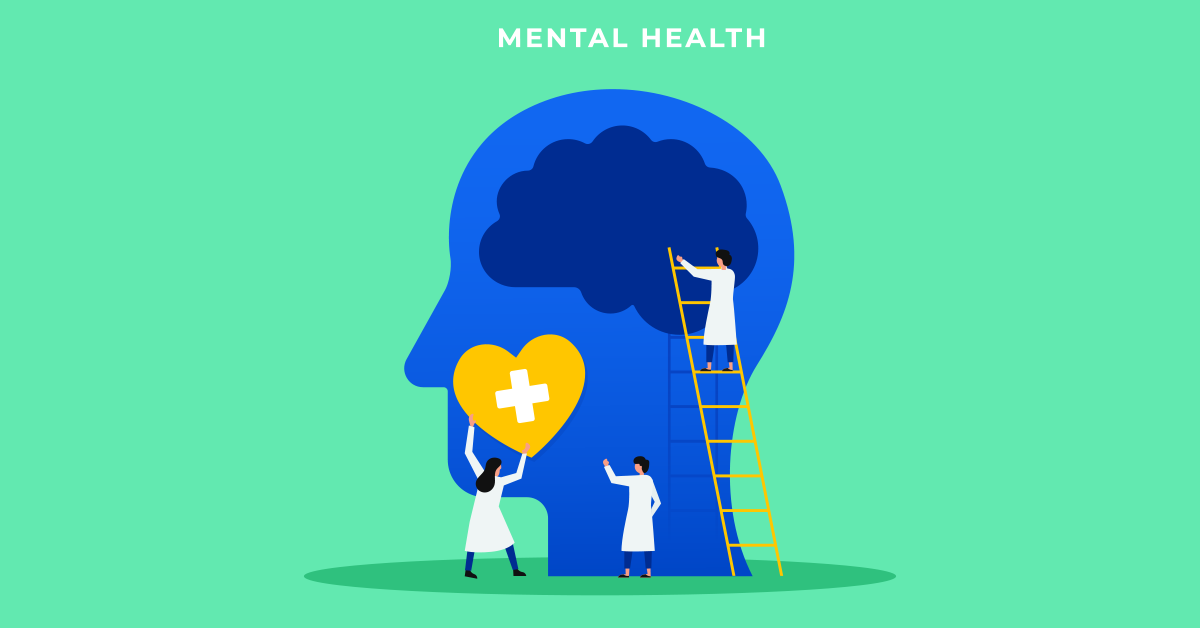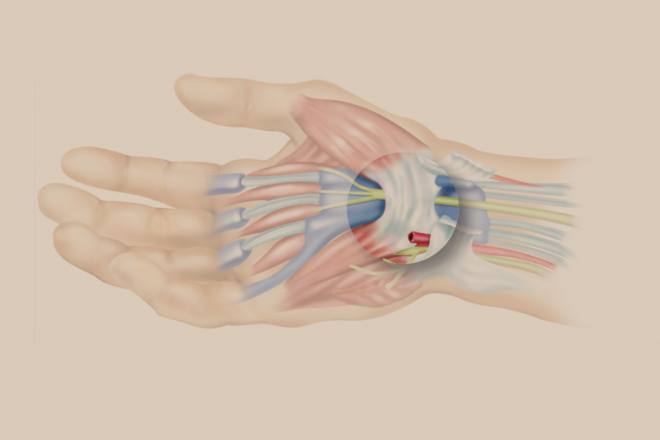Overactive bladder syndrome (OAB) is a common condition that affects millions of people around the world. It is characterized by urinary urgency, frequency, and sometimes urge incontinence. One might think, What would be the cause of sudden loss of bladder control? Well, this can be due to a number of factors, such as a neurological disorder, an infection in the urinary tract, a tumour in the bladder, issues with the prostate, or even a side effect of a medication. Other potential triggers include muscle or nerve damage, as well as pregnancy and childbirth.
OAB can have a significant impact on a person’s quality of life, leading to social isolation, anxiety, and depression. The symptoms of OAB and dealing with urinary tract infection are unpleasant, but they can be effectively treated with proper evaluation and management, allowing patients to get back to their lives.
Evaluation
The first step in managing OAB is to evaluate the patient’s symptoms and medical history. The evaluation may include a physical examination, a urine test, and urodynamic testing. Urodynamic testing involves measuring the pressure in the bladder and the flow of urine during urination. It can help identify the underlying cause of OAB, such as an obstruction or neurological disorder.
In some cases, imaging studies such as ultrasound or MRI may be recommended to evaluate the bladder and surrounding structures. Additionally, a bladder diary may be used to document the frequency and severity of urinary symptoms over a period of time.
Management
The management of OAB typically involves a combination of lifestyle changes, behavioral therapy, and medication.
Lifestyle changes: Certain lifestyle changes can help reduce the symptoms of OAB. These may include:
- Limiting caffeine and alcohol consumption
- Maintaining a healthy weight
- Drinking plenty of water
- Practicing pelvic floor exercises
Behavioral therapy: Behavioral therapy can help patients learn techniques to manage the symptoms of OAB. These may include:
- Bladder training: gradually increasing the time between urination to reduce the frequency of urgency and frequency of urination.
- Scheduled voiding: Establishing a regular schedule to empty the bladder, even when the patient doesn’t feel the urge.
- Biofeedback therapy: Using special devices to measure and improve pelvic floor muscle activity.
Medication: There are several medications that can be used to manage OAB symptoms. These may include:
- Antimuscarinics: These drugs block the action of acetylcholine in the bladder, reducing the urgency and frequency of urination.
- Beta-3 agonists: These drugs work by relaxing the bladder muscles, reducing the frequency of contractions that lead to urgency.
- Topical estrogen: Can help improve the health of the urethra and pelvic floor tissues.
- Myrbetriq 50mg can be an effective treatment option for patients with OAB, and it is important to speak with a healthcare provider to determine if this medication is right for you.
In some cases, surgery may be recommended to treat OAB. However, this is typically reserved for patients who have not responded to other forms of treatment.
Conclusion
Overactive bladder syndrome is a common condition that can have a significant impact on a person’s quality of life. However, with proper evaluation and management, the symptoms of OAB can be effectively treated. Patients should work closely with their healthcare providers to identify the best treatment plan for their individual needs. By taking an active role in their care, patients with OAB can regain control of their bladder and resume their normal activities.






